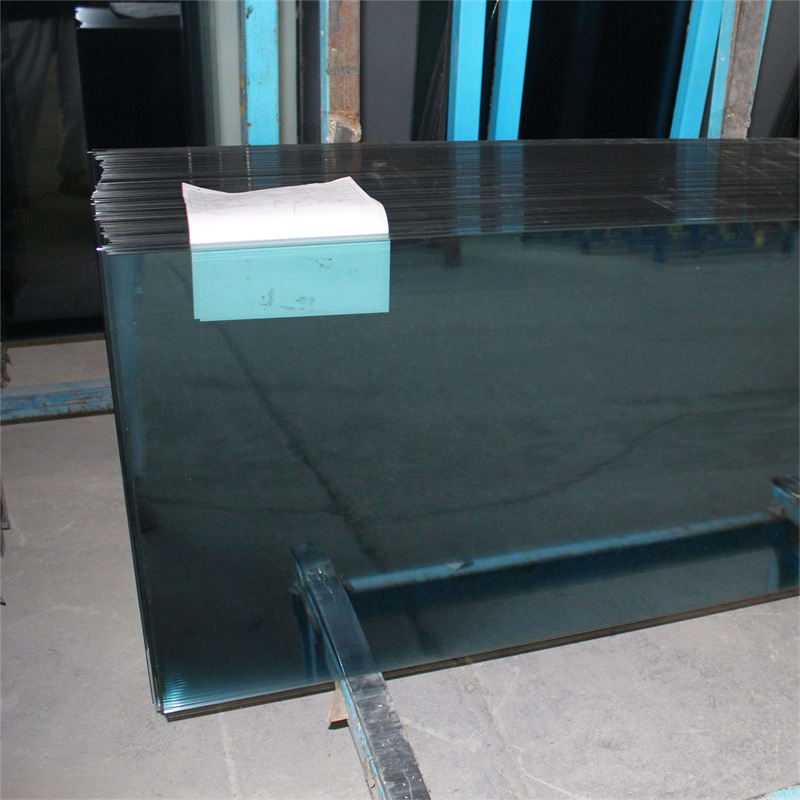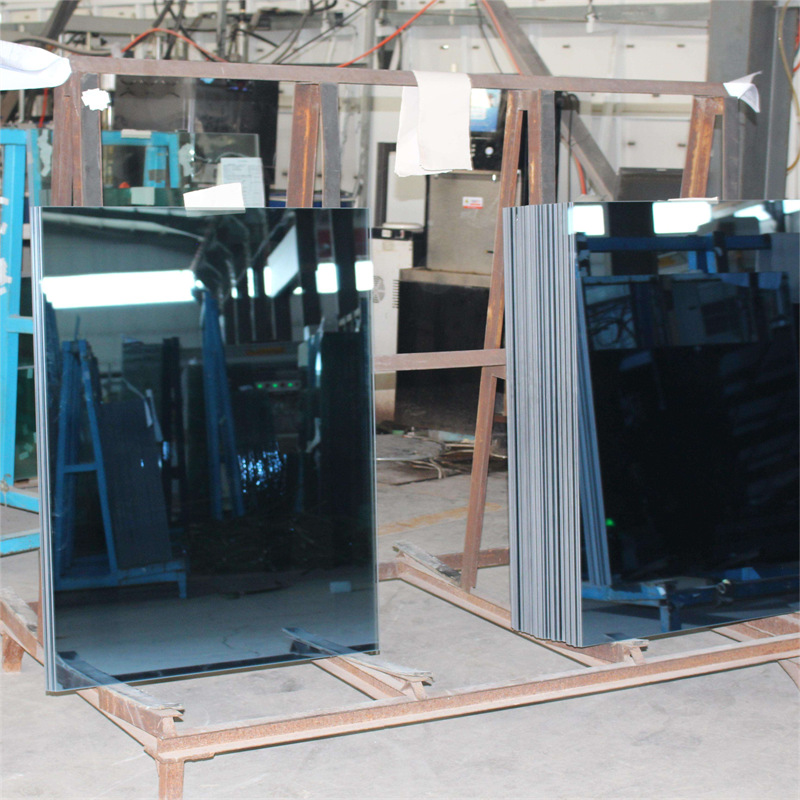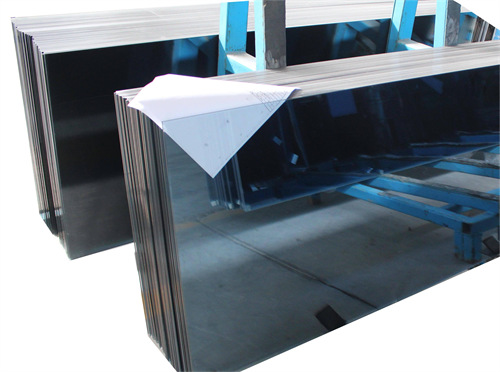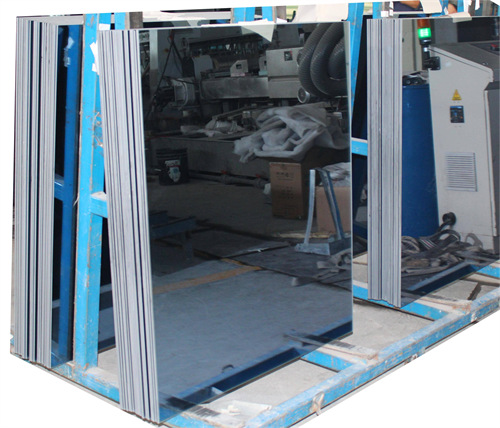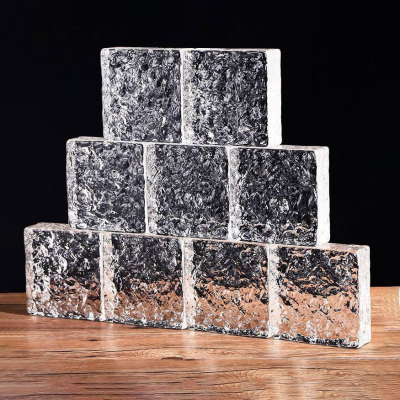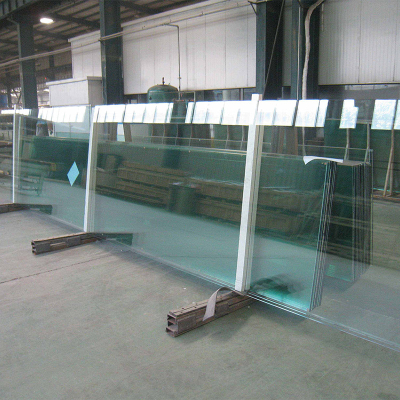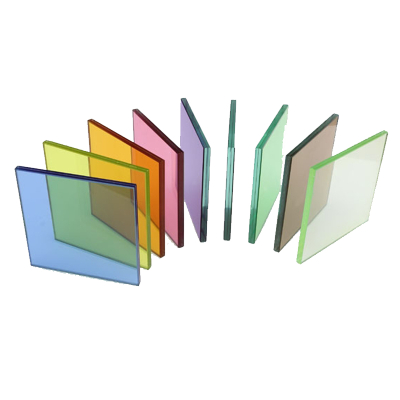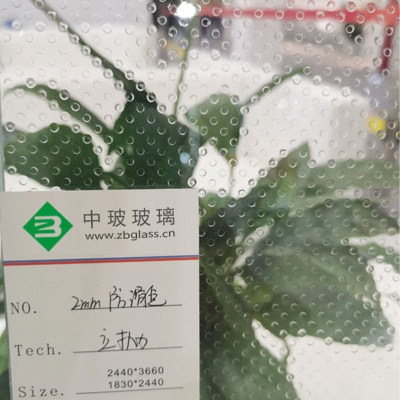Low-e Reflective Glass
1. Energy efficiency: Low-e (low-emissivity) reflective glass is designed to reduce heat transfer through windows, making it highly energy efficient. It has a special coating that reflects a significant portion of the sun's heat back to the outside, reducing solar heat gain inside the building. This helps to maintain a comfortable indoor temperature and reduces the need for excessive cooling, resulting in lower energy consumption and cost savings.
2. UV protection: Low-e reflective glass provides excellent protection against harmful ultraviolet (UV) radiation. The reflective coating blocks a significant amount of UV rays from entering the space, protecting occupants and interior elements from UV-induced damage and fading.
Product Description
Low-e reflective glass is a type of energy-efficient glass that combines low-emissivity (low-e) coating and reflective technology. It has a metallic coating that reflects heat and blocks harmful UV rays, reducing heat transfer and improving insulation. The low-e coating helps to enhance the insulating properties of the glass, reducing the amount of heat that escapes through windows. Low-e reflective glass is commonly used in buildings to improve energy efficiency, reduce glare, and enhance privacy. It is available in a range of colors and shades, making it a popular choice for architectural applications.
Product Advantages
1. Energy efficiency: Low-e (low-emissivity) reflective glass is designed to reduce heat transfer through windows, making it highly energy efficient. It has a special coating that reflects a significant portion of the sun's heat back to the outside, reducing solar heat gain inside the building. This helps to maintain a comfortable indoor temperature and reduces the need for excessive cooling, resulting in lower energy consumption and cost savings.
2. UV protection: Low-e reflective glass provides excellent protection against harmful ultraviolet (UV) radiation. The reflective coating blocks a significant amount of UV rays from entering the space, protecting occupants and interior elements from UV-induced damage and fading.
3. Glare reduction: The reflective coating on low-e glass helps to reduce glare caused by direct sunlight. This improves visual comfort by minimizing eye strain and creating a more pleasant indoor environment, particularly in spaces with large windows or where direct sunlight is a concern.
4. Privacy: Low-e reflective glass can provide increased privacy during daylight hours. The reflective coating on the glass surface creates a mirror-like effect, making it difficult for people outside to see inside the building. This enhances privacy, particularly in urban environments or areas with high foot traffic.
5. Aesthetics: Low-e reflective glass offers aesthetic advantages and can enhance the overall appearance of a building. It is available in various colors and finishes, allowing architects and designers to create visually appealing facades and glazing solutions. The reflective properties of the glass can also add a modern and sleek look to the building's exterior.


